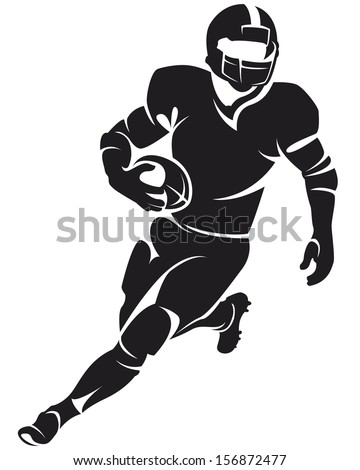DID
YOU KNOW THAT
YOU
CAN LEARN PHYSICS
WHILE
SKIING ?
This
is about the science involved in downhill skiing.
Why
is skiing on packed powder better than skiing right after a snowfall?
What
things can I do to be sure of a nice smooth ride down the slope?
What
kind of simple machine is a ski slope?
What
is aerodynamics? And what does it have
to do with skiing?
WHAT
KIND OF FORCES ARE INVOLVED IN
DOWNHILL SKIING?
Energy: Potential energy at the top of the ski slope -- which changes to kinetic energy when you're in motion.
Gravity: A force that pulls you to the earth, so it aids downhill motion.
Friction: Friction occurs when 2 moving surfaces meet. A lot of friction (rough, bumpy) makes motion harder; and a little friction (smoother) makes motion easier.
Aerodynamics: Wearing smooth clothes and crouching help you to reduce friction between yourself and the air ›› less drag. Your shape is more like a bird or a plane (aerodynamic.)
NOTE
Center
of mass, or center of gravity:
Bending
your knees helps you find your center of balance.
WHAT
KIND OF THINGS CAN I LOOK FOR
WHEN I HIT THE SLOPES?
◊
First
of all, that ski slope is actually a machine – what we call a
simple machine. It's an inclined plane, just like a ramp is. It
makes work easier. And if you had to ski down a hill that wasn't
smooth, skiing would be harder. Wouldn't it?
◊
After
a fresh snowfall, the hill is not so smooth until the snow becomes
packed. As you're standing at the top of the hill getting ready
to push off,
your position there gives you a lot of potential energy:
the higher you are, the more you have.
◊ Crouching
down and pushing off -- kinetic energy of motion combined with the
pull of gravity ….. along with a smooth surface and smooth skis --
means YOU will have an exciting ride down the hill!
\
\
\___
‰
Whee
!
REFERENCES:
Skiing: It's All
About Friction
Marcia Howell, Univ.
of Utah
NOTE:
Univ. of Utah is a good resource for sport science
in general.
NBCLearn.com and the
National Science Foundation
did videos at the 2010
Winter Olympics on sport science,
narrated by Lester Holt. See
YouTube:
http://www.nbclearn.com/portal/site/learn/cuecard/47275



